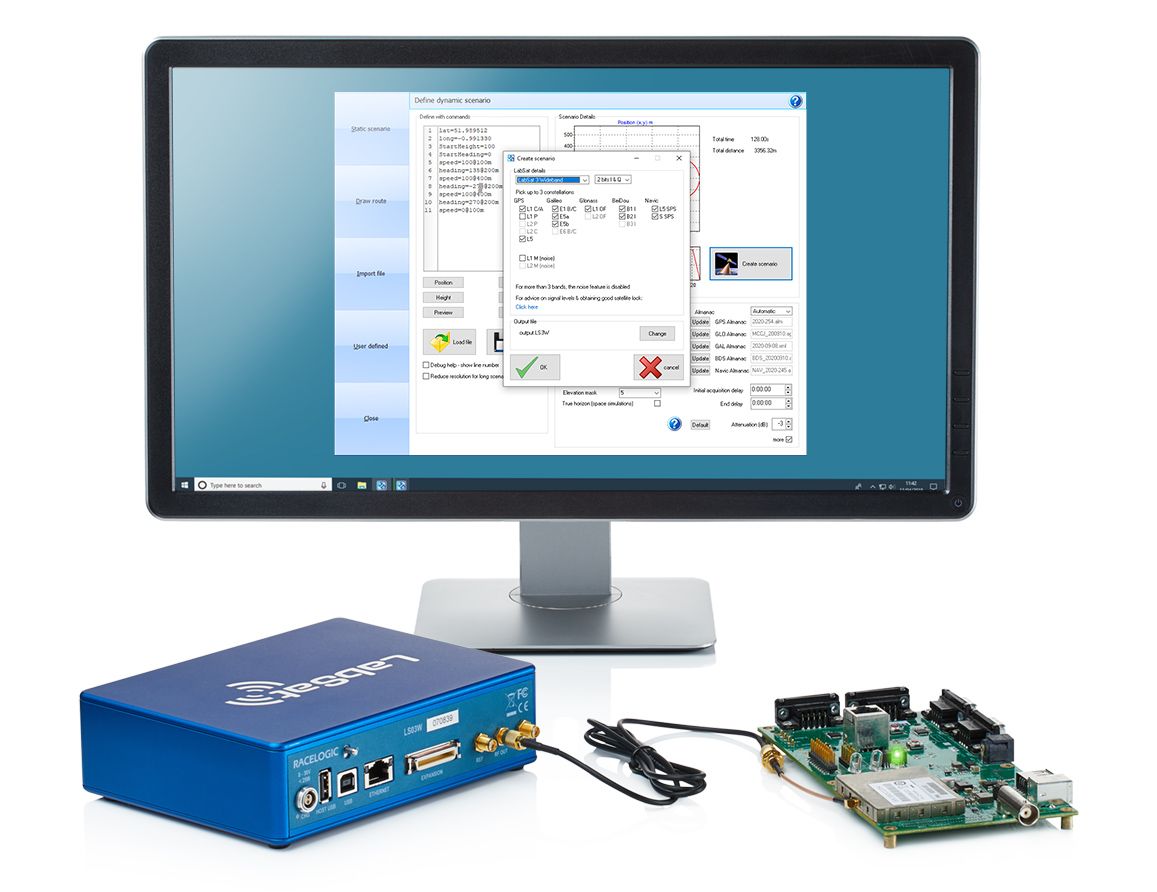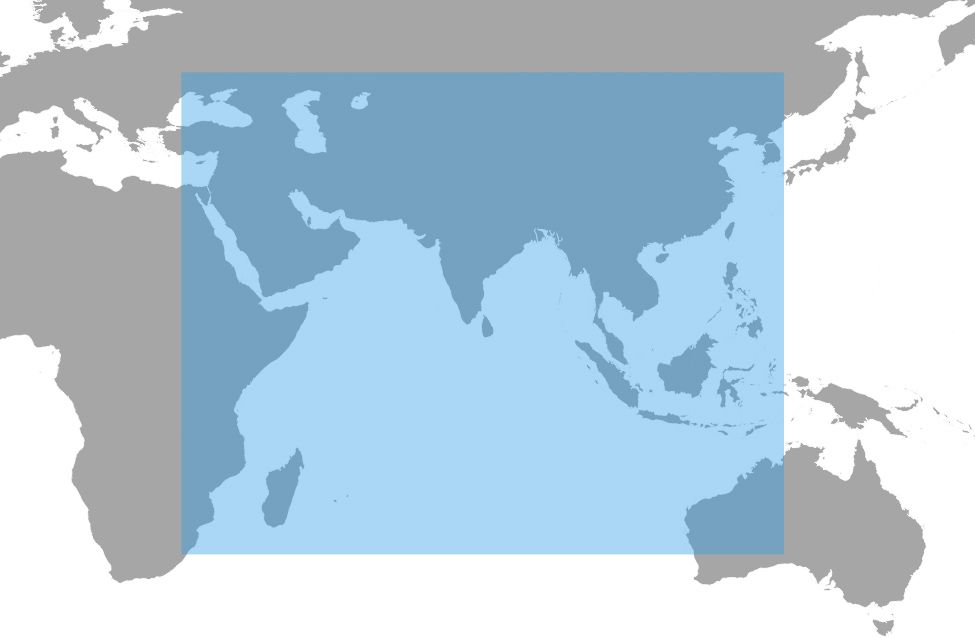SatGen now with NavIC (IRNSS)
The latest update to our SatGen GNSS simulation software for PC now incorporates NavIC RF simulation.
Designed to create custom GNSS RF I&Q or IF data files based on user-generated trajectories, the updated software can now accurately simulate the Indian NavIC GNSS satellite constellation alongside existing GPS, Galileo, GLONASS and BeiDou RF signal generation.
The new release, SatGen v3 version 3.12.5, includes full support for simulating the NavIC L5 signal. Alongside this we have released SatGen v3 BETA version 3.12.6, that includes support for simulating the NavIC S-Band signal.

What is NavIC?
NavIC (Navigation with Indian Constellation) is the operational name for the Indian Regional Navigation Satellite System (IRNSS). NavIC consists of three geostationary and 4 geosynchronous satellites which provide full coverage over India and approximately 1500km around it. An additional 4 geosynchronous satellites are planned in the near future to further expand the constellation.

There are two public signals available: L5 SPS and S SPS. L5 SPS is transmitted on the same frequency as GPS L5 and Galileo E5a (1176.45 MHz) and is the main public signal of the NavIC constellation. S SPS is a similar signal but is transmitted in the S band (2492.028 MHz), making it the only GNSS signal across all constellations using that frequency.
Most constellations rely on atmospheric models to assess frequency error as signals travel through atmospheric disturbances. NavIC utilises the dual frequencies so that receivers supporting both L5 and S bands should be able to measure the differential in the actual ionospheric delay and therefore significantly increase position accuracy.